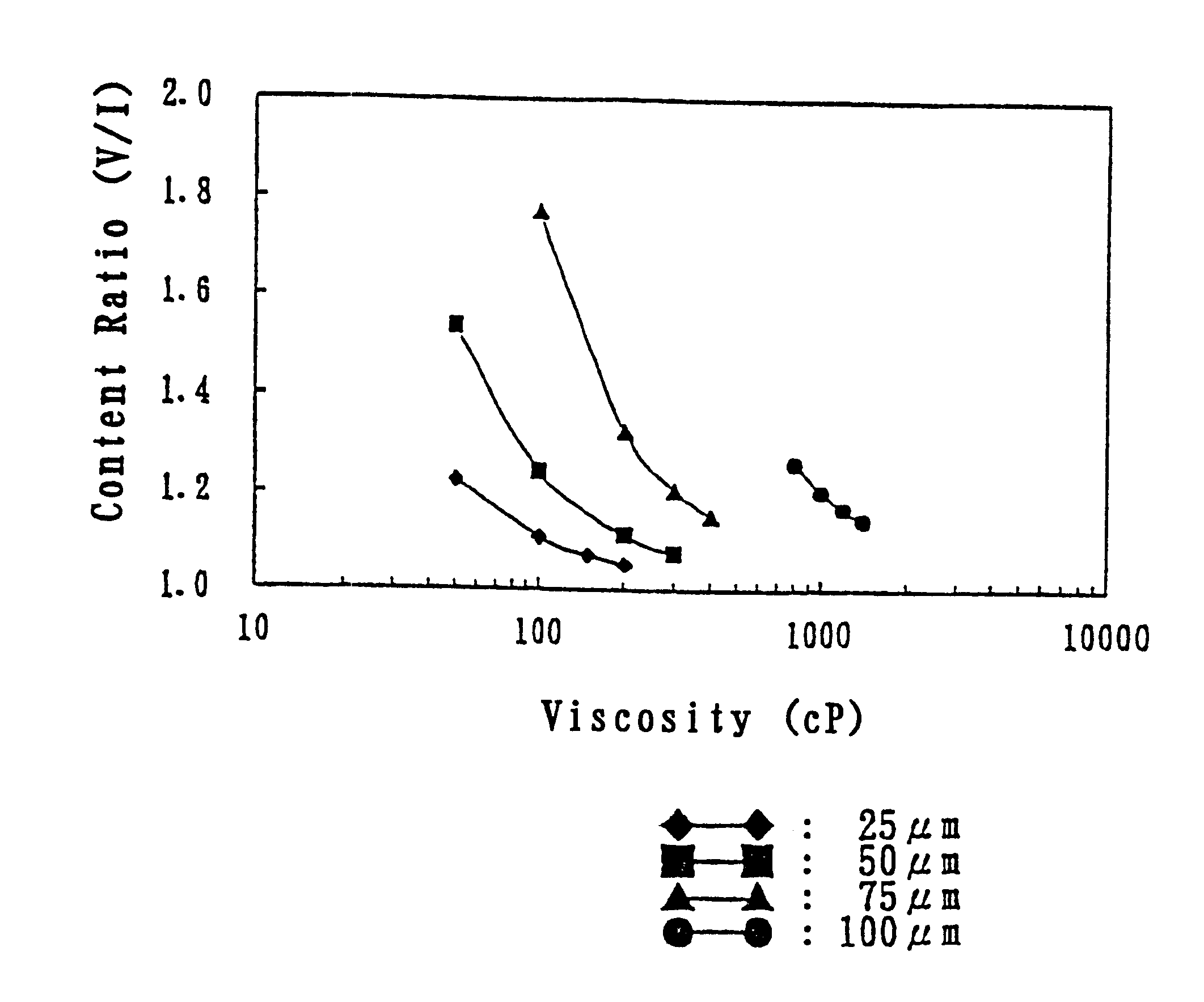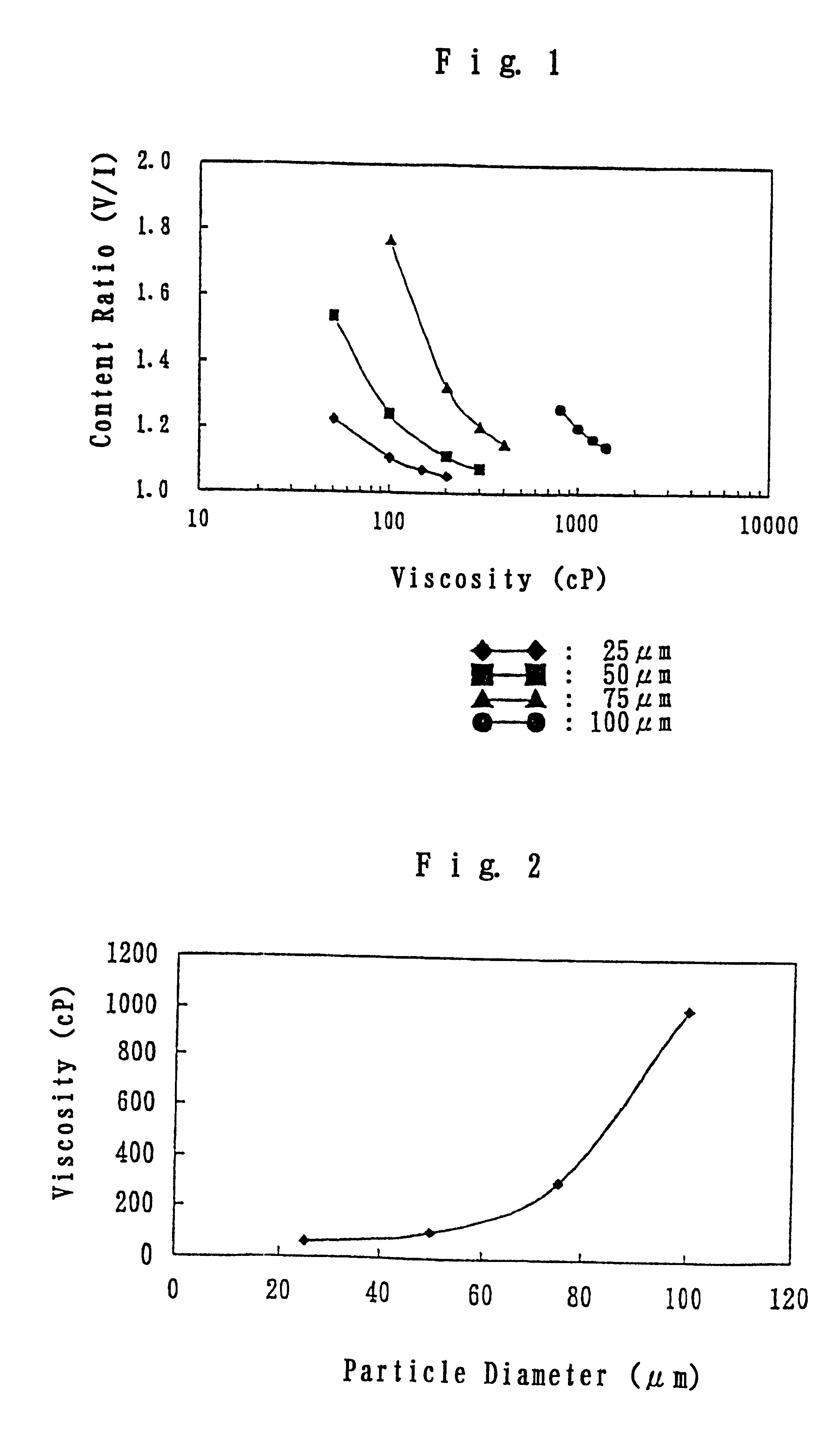Polystyrene sulfonate-containing gel preparation
a polystyrene sulfonate and gel preparation technology, applied in the direction of aerosol delivery, drug compositions, extracellular fluid disorder, etc., to achieve the effect of reducing water content, enabling large-scale production, and reducing unpleasant feeling
- Summary
- Abstract
- Description
- Claims
- Application Information
AI Technical Summary
Benefits of technology
Problems solved by technology
Method used
Image
Examples
production example 1
The above respective ingredients were used to prepare the calcium polystyrene sulfonate-containing gel preparation. That is, agar as a gelling agent was heated and dissolved in purified water, then sodium carboxymethyl cellulose (CMC-Na) as a thickening agent and aspartame as a sweetener were added, and these were mixed and dissolved. The resulting solution was filtered and cooled to 50.degree. C., calcium polystyrene sulfonate was added and mixed uniformly therewith, and the mixture was dispensed into a vessel and cooled in a refrigerator to obtain the desired gel preparation. The viscosity of the solution at 50.degree. C. was adjusted to 3500 cP (this viscosity measurement was conducted after the addition of calcium polystyrene sulfonate; this also applies to the following Production Examples).
production example 2
The desired gel preparation was obtained by using the above respective ingredients in the same manner as in Production Example 1. The viscosity of the solution at 50.degree. C. was adjusted to 3300 cP.
production example 3
The desired gel preparation was obtained by using the above respective ingredients in the same manner as in Production Example 1 (The powdered malt starch hydrolysate was added together with sodium carboxymethyl cellulose). The viscosity of the solution at 50.degree. C. was adjusted to 3900 cP.
PUM
| Property | Measurement | Unit |
|---|---|---|
| Angle | aaaaa | aaaaa |
| Mass | aaaaa | aaaaa |
| Volume | aaaaa | aaaaa |
Abstract
Description
Claims
Application Information
 Login to View More
Login to View More - R&D
- Intellectual Property
- Life Sciences
- Materials
- Tech Scout
- Unparalleled Data Quality
- Higher Quality Content
- 60% Fewer Hallucinations
Browse by: Latest US Patents, China's latest patents, Technical Efficacy Thesaurus, Application Domain, Technology Topic, Popular Technical Reports.
© 2025 PatSnap. All rights reserved.Legal|Privacy policy|Modern Slavery Act Transparency Statement|Sitemap|About US| Contact US: help@patsnap.com


